Since visiting Violin Memory at Storage Field Day 8, it has taken me a while to get around to writing this post, and I guess the reason is because I am both frustrated, and a little bit sad.
They were the first guys who (for me at least) truly tamed the beast that is flash storage, packed it up into a blisteringly fast product with insanely low latencies, and released it into the big wide world.
An organisation I worked at took that product and threw thousands of desktop users at it, a number of very busy SQL TempDBs, and some other frankly evil workloads. It didn’t even blink an eye! With Violin Storage on the back, I have seen RDS desktop customers stress test the platform with up to 100 users in a single VM!
The thing that makes me sad is that to date, Violin have not yet turned a profit.
This is not some upstart company out of the boondocks! This is a mature company, founded in 2005, who provide their product to some of the biggest enterprises in the world. Yet so far they have not managed to make a penny!
Anyway, there are other guys in the industry who are far better at financial analysis than me (for example Justin Warren did a post on this very subject just last week). So I will leave it to them try to work out why this is the case, because I like to talk tech!
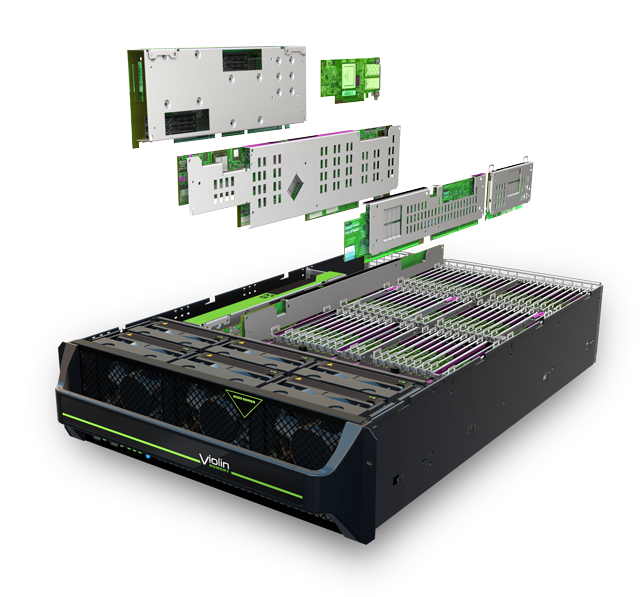
Looking at the latest incarnation, once again Violin have “evolutionized” [sic] something which is technically very impressive.
- The original Violin OS has been given the boot and has been replaced by something they call Concerto OS, which blends elements of the original software with some updated features. In development is also support for a multi-controller configuration beyond the current dual, though this is obviously not GA yet.
- The new dual controller Flash Storage Platform supports FC, iSCSI and Infiniband, as well as RDMA and ROCE.
- It is all packaged in a 3U appliance with up to 64 redundant flash modules.
- Thanks to their own custom backplane design, it is capable of 10-12GB/sec of throughput!
- At 100% sustained writes they have measured 400,000 IOPSat RAID5, which is more than many of their competitors can achieve with 100% reads!It should be noted that this was on the performance model, which does not support dedupe.
All in all the new solution just screams FAST! In fact, I’m surprised they didn’t paint a red stripe down the side of the chassis!

So why on earth are Violin not ruling the AFA world right now? As a frickin cool technology with hyper speed storage, they deserve to be up there at the very least!
If I had to hazard a guess, it’s because for most companies, good is good enough.
With the smorgasbord of All Flash Arrays available today, if you don’t need latency measured in microseconds and massive IOPS/bandwidth, then you have a huge array of choices (pardon the pun). At that point features, price and support become more important than straight line drag racer performance.
If Violin want to compete with the general market whilst servicing their high-speed clients, then they need to concentrate on continuing to developing a wider range of data services and providing entry-level options to consume their products. The last thing you want to do is lose business just because you were missing a check box in an RFP…
If Violin can stop burning cash and break even, then perhaps they have a future. I for one, hope so!
If you want to catch Violin’s presentation from SFD8, check them out here:
http://techfieldday.com/appearance/violin-memory-presents-at-storage-field-day-8/
They will also be presenting again at SFD9 this week, and I’m looking forward to finding out what they plan to do next!
Further Reading
Some of the other SFD8 delegates have their own takes on the presentation we saw. Check them out here:
- Mark May – Can Violin Step back From the Brink?
- Dan Frith – Violin Memory – Sounds a lot better than it used to
- Vipin V.K. – All-Flash symphony from Violin Memory
Disclaimer/Disclosure: My flights, accommodation, meals, etc, at Storage Field Day 8 were provided by Tech Field Day, but there was no expectation or request for me to write about any of the vendors products or services and I was not compensated in any way for my time at the event.




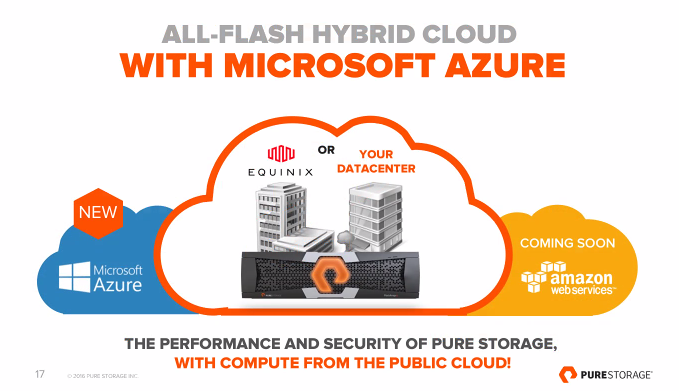
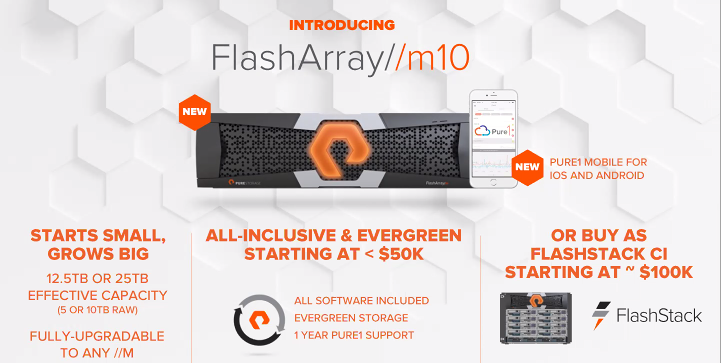
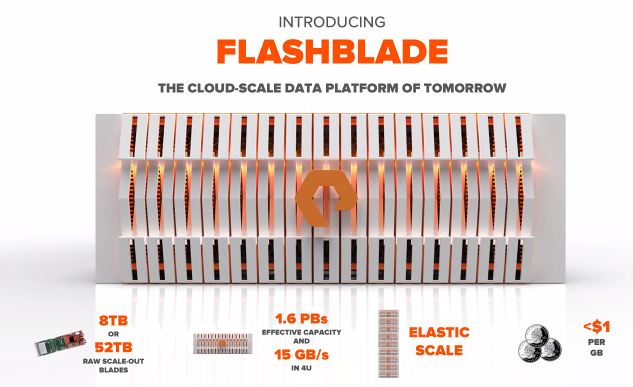
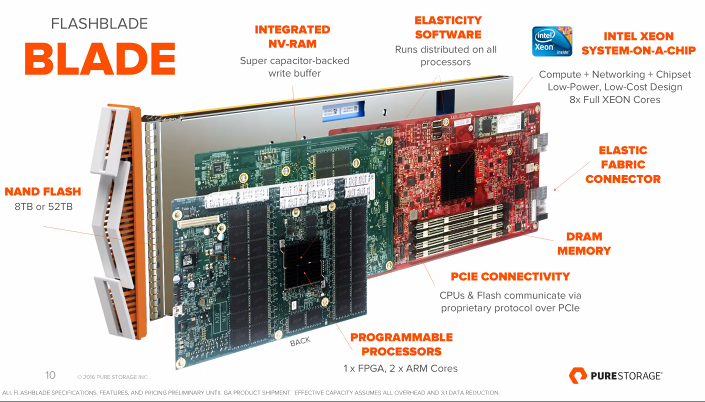
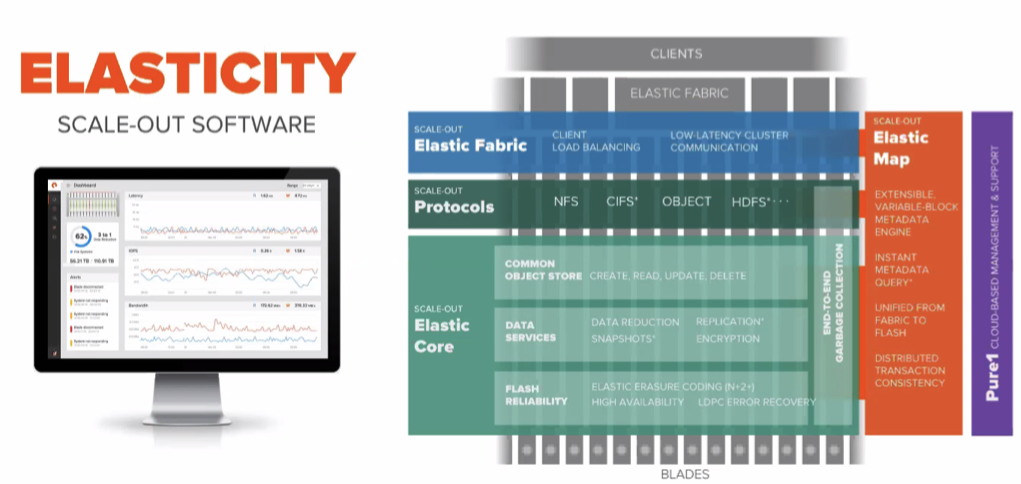
 RSS – Posts
RSS – Posts